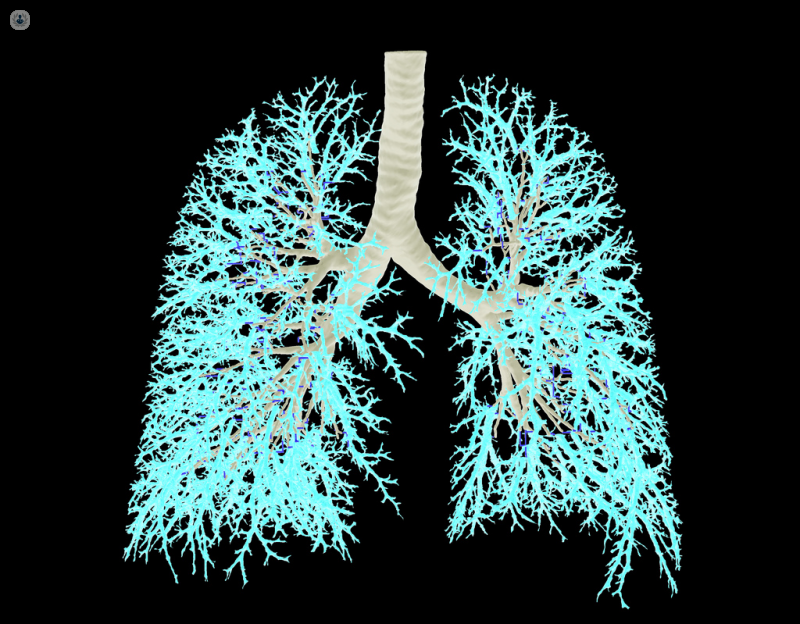Lung transplant
Mr Kristo Papa - Cardiothoracic surgery
Created on: 07-03-2013
Updated on: 07-31-2023
Edited by: Conor Lynch
What is a lung transplant?
A lung transplant is a surgical operation that gives a patient a new lung. The old lung is removed when it is no longer capable of doing its job and poses a risk to the patient’s life. It is replaced by a new, healthy lung from a donor – usually a deceased person who had permitted their organs to be donated after death. In rare cases, a section of lung may be removed from a living donor and transplanted to the patient.

Why is a lung transplant performed?
A lung transplant is needed when one or both of the patient’s lungs are diseased and the patient’s life is at risk due to this. The lungs are essential for life, as they draw in air to supply oxygen to the bloodstream, which delivers it to cells around the body. Cells need oxygen to survive and perform their functions. If the lungs cannot do their job, the patient may struggle to breathe and their life will be in danger.
A lung transplant is an emergency option when the patient has advanced lung disease that hasn’t responded to treatment and/or their life expectancy is thought to be less than three years or so without the transplant. Conditions that can result in a lung being in this condition include:
- Cystic fibrosis
- Chronic obstructive pulmonary disease (COPD)
- Pulmonary hypertension
- Idiopathic pulmonary fibrosis
What does a lung transplant involve?
The lung transplant procedure involves cutting into the chest and removing the damaged lung or lungs. The patient is given general anaesthetic before the operation, and may be connected to a heart and lung bypass machine to keep their blood circulating, depending on the case.
The surgeon then connects the airways and blood vessels to the donated lung as it is sewn into place. When it appears to be working effectively, the transplant team will close up the chest. A lung transplant operation can take between four and twelve hours.
Are there different types of lung transplant?
There are three types of lung transplant:
- Single lung transplant – in cases where only one lung is damaged and there is no danger to the other, only one lung is transplanted. This is often used to treat pulmonary fibrosis, but not cystic fibrosis, which can spread to the new lung after surgery.
- Double lung transplant – both lungs are replaced. This is the usual treatment for cystic fibrosis and COPD.
- Heart-lung transplant – both lungs and the heart are removed and new ones transplanted. This is recommended for patients with severe pulmonary hypertension.
How do you prepare for a lung transplant?
Before receiving a lung transplant, the patient must find a donor. In rare cases, a close relative or relatives may be able to donate part of the lungs while they are still alive, but the vast majority of the time, the patient must be put on a waiting list. To be put on the transplant list, the patient must undergo tests to make sure that their other major organs are healthy and will still work after the surgery.
The patient must also make sure they are as healthy as possible before the operation to maximise the chance of success. This can mean lifestyle changes such as quitting smoking and losing weight.
What does recovery after a lung transplant involve?
After the lung transplant, the patient needs time to recover in the intensive care unit (ICU), usually for several days. Tubes are left in the chest for several days to drain any fluid build-up, and other medications may be administered intravenously. The patient is closely monitored by the transplant team in case of complications, such as the body rejecting the transplant.
Full recovery generally takes three to six months, but each patient is different. Regular check-ups are imperative during this period, and the patient’s doctor will likely prescribe medication to prevent transplant rejection and infection.


